A sudden fall can be a terrifying and life-altering event for an older adult, but it’s rarely as simple as just “slipping” or “losing balance.” In reality, most senior falls are the result of a complex interplay of hidden risk factors—from medication side effects and vision changes to home hazards we often overlook.
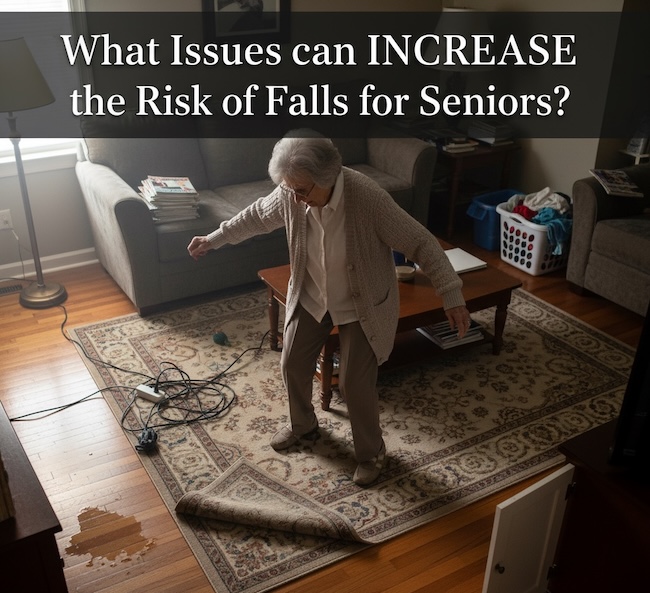
Understanding these underlying causes is the first and most crucial step toward prevention. By looking beyond the obvious, you can identify potential dangers and take proactive measures to protect your loved one’s safety and independence.
Older Adults Are At Risk For Serious Falls
The gradual physical changes of aging add up to increased fall risk for older adults.
In fact, the CDC says that people aged 65+ have a greater than 25% chance of falling.
And if someone falls once, their chance of falling again doubles, meaning there’s over 50% chance of a second fall.
This is serious because falls are a leading cause of lost independence and ability.
Seniors often aren’t able to recover fully from the trauma, their overall health declines, and their care needs increase significantly.
We explain the top 6 age-related changes that increase senior fall risk, typical fall-related injuries, and share six ways to reduce fall risk.
6 age-related changes that increase senior fall risk
1. Decreased strength
Muscle loss starts very early, around age 30. In older adults, less muscle means less strength and weaker bones.
2. Weaker sense of balance
Many body systems work together to keep us standing upright. Age-related changes and medication side effects can make it more difficult for seniors to stay balanced.
3. Declining eyesight
Vision helps us keep our balance and avoid obstacles. As vision worsens, so does the ability to stay upright and clearly see what’s ahead.
4. Loss of flexibility
Age and health conditions make seniors less flexible, especially in hips and ankles. This stiffness increases the likelihood of falling.
5. Decreased endurance
Not being able to endure physical activity, such as standing or walking, for a reasonable amount of time increases fall risk.
6. Declining ability and desire to walk
Continuing to walk will improve strength, balance, flexibility, and endurance for older adults.
However, many seniors become less active and fall into a negative cycle in which reduced activity leads to decreased strength and balance. That leads to even less activity as their physical abilities continue to decline.
VIDEO: What Issues Can INCREASE the Fall Risk in Seniors
Falls Cause Serious Injuries in Seniors
In older adults, falls typically cause hip fractures and head injuries. They’re also the leading cause of death from injury, often from traumatic brain injury (TBI).
Even if an injury isn’t life-threatening, falls have harsh long-term consequences for older adults because their bodies usually aren’t able to recover fully.
They can end up needing extended stays in nursing homes or assisted living facilities or a significant amount of in-home help.
Additional serious effects of falling:
- Every year, 3 million seniors are treated in emergency departments for fall injuries
- 1 in 5 falls causes a serious injury, such as broken bones or a head injury
- Falls are the most common cause of traumatic brain injuries (TBI)
- More than 95% of hip fractures are caused by falling
- In 2015, the total medical costs for falls were over billion, and $12.5 billion of that was paid out of pocket
6 Ways to Reduce the Risk of Falls
- Make the home safer by decluttering key areas, improving lighting, and making safety updates.
- Encourage safe, regular exercise to build strength, balance, and flexibility.
- Get regular check-ups from the doctor and eye doctor to catch problems early.
- Treat or manage vision problems.
- Use properly-fitted walkers and canes correctly.
- Wear comfortable, supportive, properly-fitted shoes and slippers with non-slip soles.
Conclusion
Preventing falls isn’t about wrapping seniors in bubble wrap—it’s about empowering them through knowledge and practical solutions. By addressing the root causes we’ve explored —ranging from reviewing medications with their doctor to making simple home modifications —you’re building a comprehensive safety net that preserves their confidence and quality of life.
Remember, each small change you implement creates a significant layer of protection, helping to ensure their world remains both safe and full of possibilities.
Recommended for you:
- 10 Medications That Cause Falls: Use with Caution
- Increase Senior Independence with This Fall Risk Checklist
- 3 Easy Tai Chi Videos for Seniors Prevent Falls, Improve Balance and Strength
About the Author

Connie is the founder of DailyCaring.com and was a hands-on caregiver for her grandmother for 20 years. (Grandma made it to 101 years old!) She knows how challenging, overwhelming, and all-consuming caring for an older adult can be. She also understands the importance of support, especially in the form of practical solutions, valuable resources, and self-care tips.
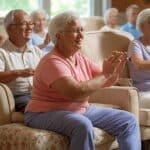









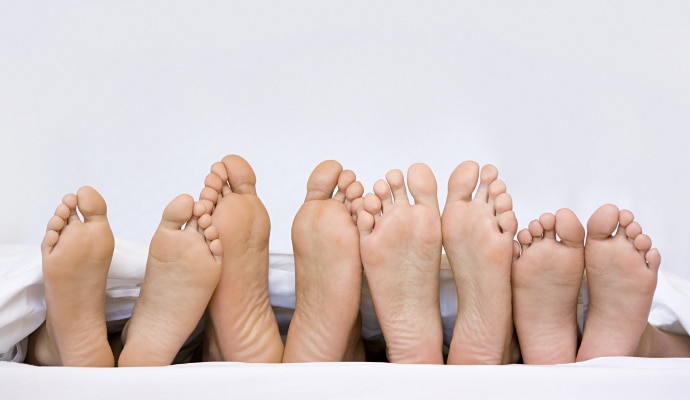
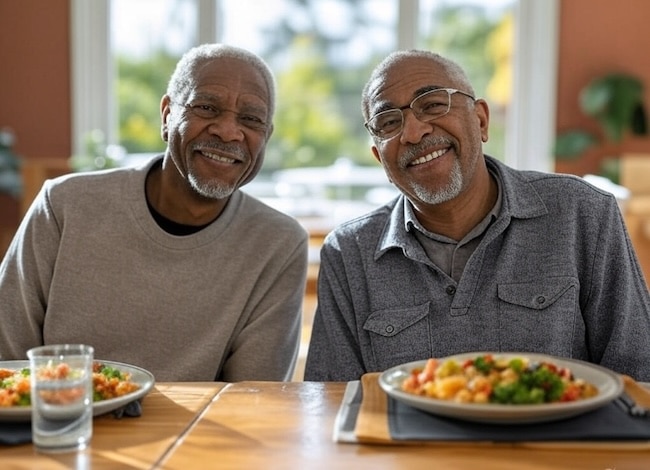
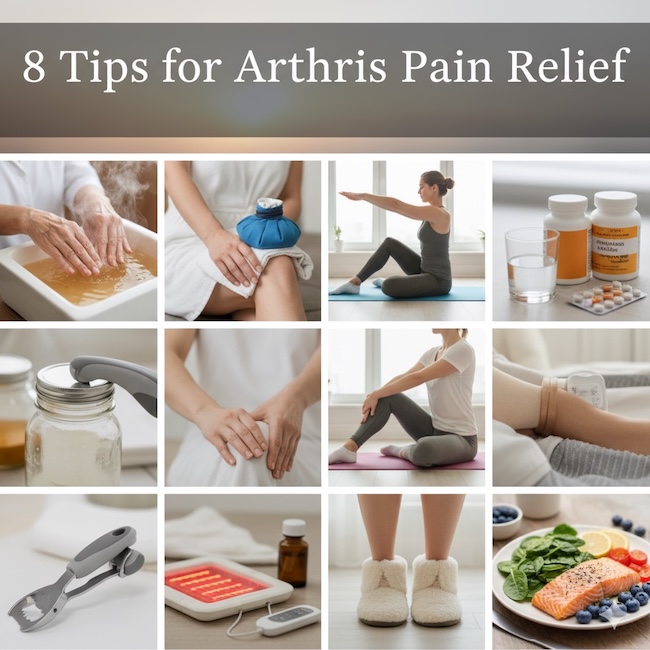
Tai chi is an excellent way to improve balance. I have been using the activities for many years and have found them to be very helpful. Lillian Cummings
Tai chi is a fantastic exercise! It’s great that you’ve been enjoying it for so long.
In case it’s helpful, we’ve also got some tai chi exercise videos as well – 3 Easy Tai Chi Videos for Seniors Prevent Falls, Improve Balance and Strength https://dailycaring.com/3-easy-tai-chi-videos-for-seniors-prevent-falls-improve-balance-and-strength-video/
Falls one of the most common causes of injury among adults 65 and older. Do you know where this happens most of the time? Inside the person’s own home. In order to reduce the risk of falls and encourage home safety for seniors, make sure that you are making every part of the home safe. First, you need to remove throw rugs. You may find that these are decorative and nice to look at but often present a danger to seniors who trip, slip or get caught up in a walker over them. Be sure to pick up all the piled clutter, including newspapers, loose clothes, and shoes.
As an ex-carer of the elderly, I am appalled at some of the in-safe footwear I have seen on senior citizens.
Shoes with too big a heal, shoes that are too tight, too lose, slippers that are so tight they squash the persons toes, cause bunions and other problems.
If the shoes/slippers are too tight it’s very hard to get them off and on; this isn’t acceptable especially for the carers who will have to spend that extra time forcing the shoes or slippers on.
Most of the elderly didn’t complain but it really hurt my hands and fingers.
Relatives need to keep a keen eye on their seniors footwear.
On a lot of occasions they were totally oblivious to seniors bad fitting footwear.
Excellent point! Thanks for sharing. We’ve updated the article to include this important info.